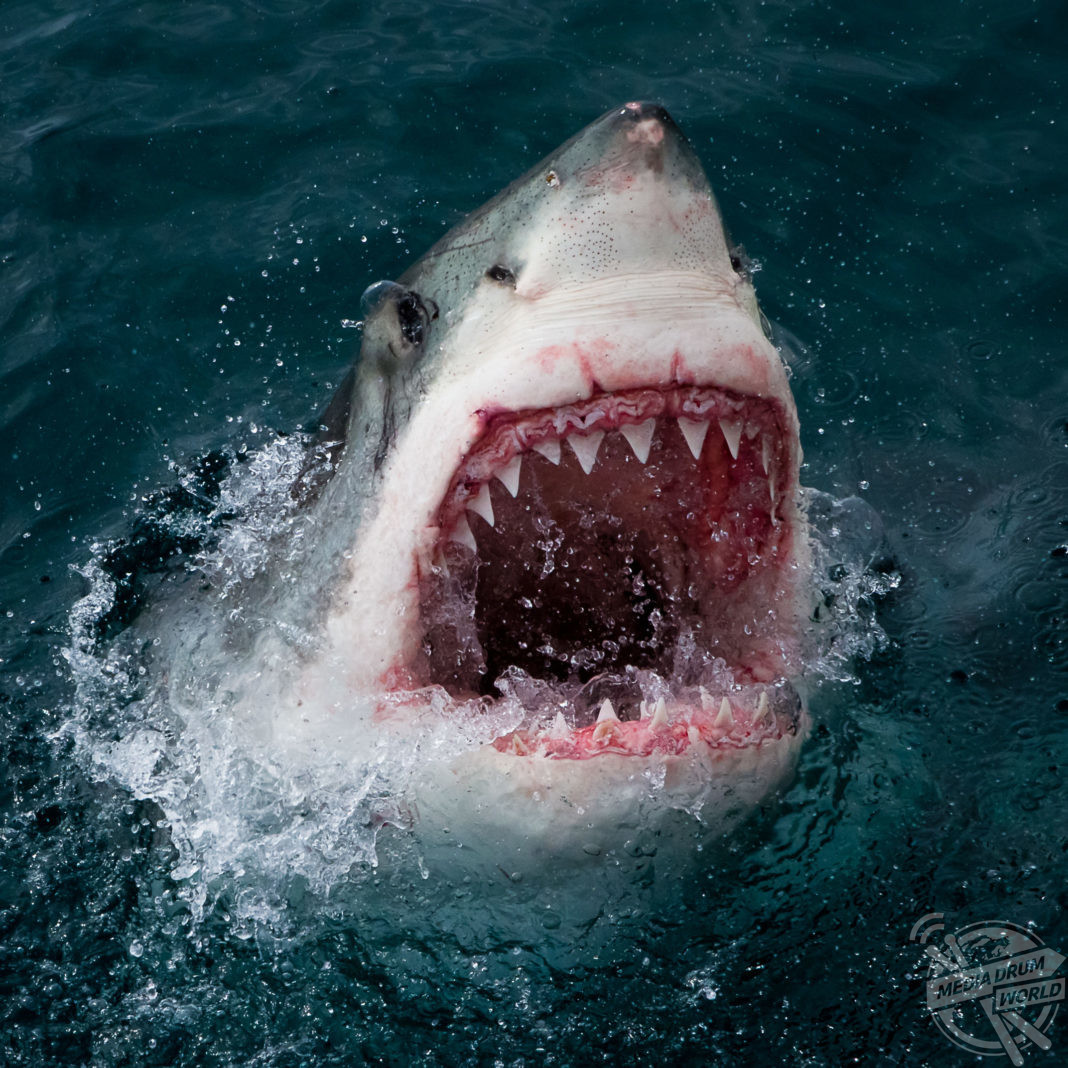
By Alex Jones
A FEARLESS British photographer has got up close and personal with the deadliest creature in the ocean.
The breath-taking snaps, taken off the coast of South Africa, show a great white gnashing away at the bars of an underwater cave; a humongous shark showing off its dazzling, razor-sharp teeth directly in front of a startled photographer; and the chilling smile of the ocean’s most lethal killer.
The awesome images were shot by British photographer Harry Stone, who lives near Bath, Somerset, who is keen to celebrate and conserve the great white shark using his ultra-close-up shots.
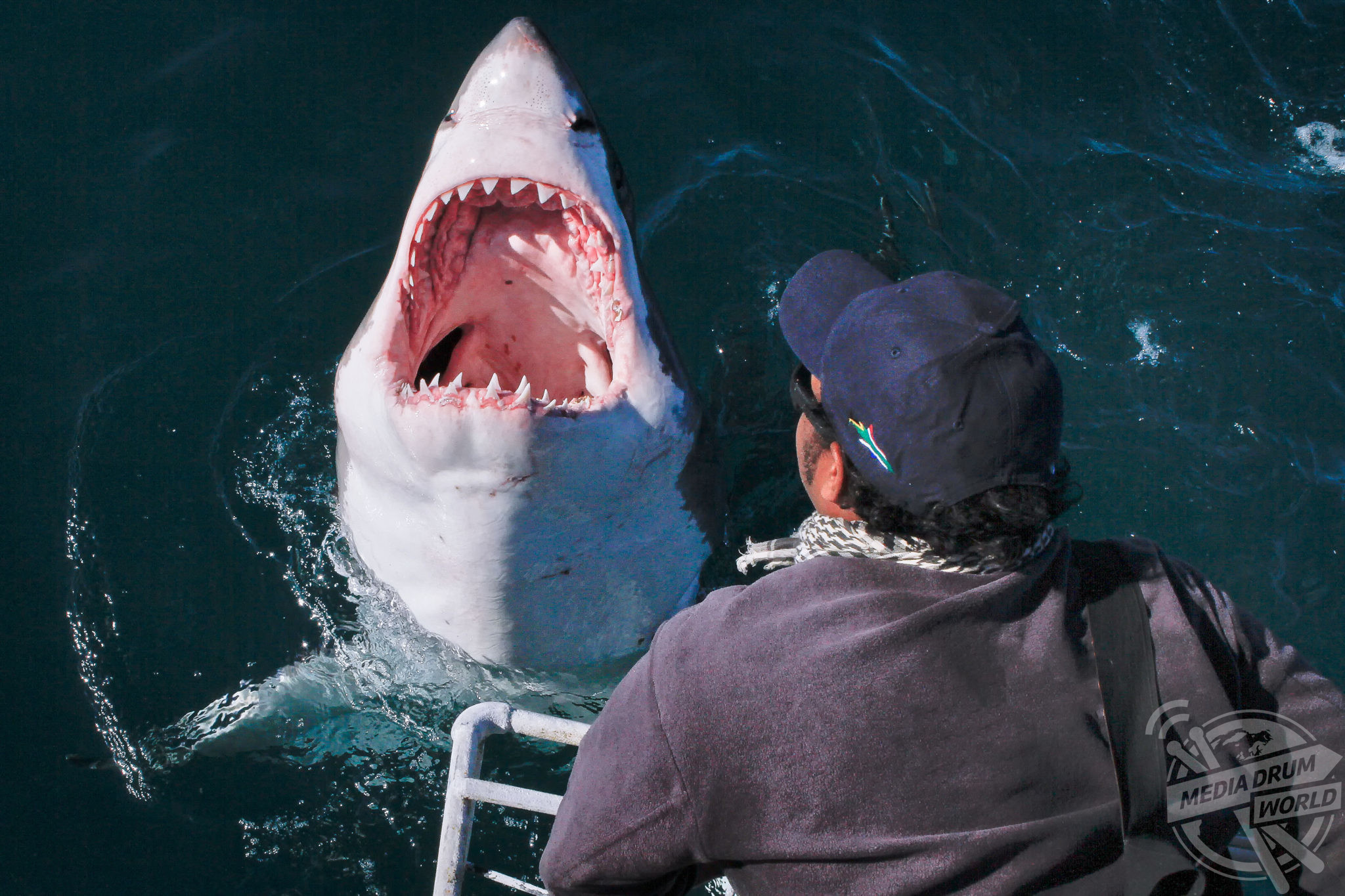
“Like many people I grew up with the movie Jaws, which started a lifelong fascination with sharks,” explained Stone, who has spent over a decade in the water with sharks.
“I also had an Australian Godmother who told me that the creature in the movie actually existed, because they had them where she came from. I was hooked!
“I think being the largest predatory fish in the sea and having such a fearsome reputation made them endlessly interesting. When I grew up everyone thought white sharks were literally the scariest things on the planet, hardwired and sculpted by evolution to be the ultimate deadly predator. However, if you are lucky enough to spend time with them you realise that they do not deserve such infamy.
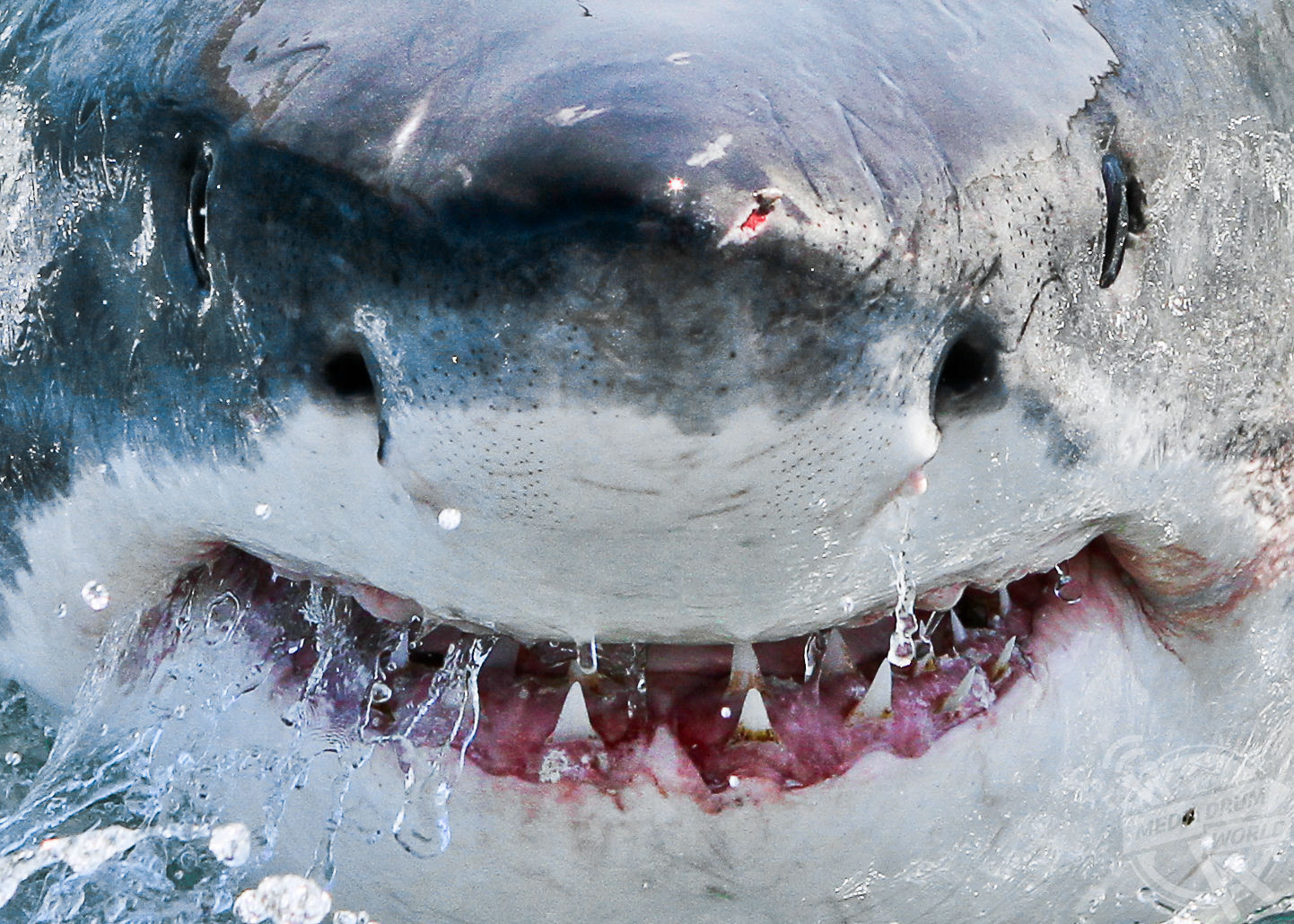
“White sharks are extremely enigmatic. Even now there is so little known about them, which only adds to the fascination. But they are not mindless killers or out to get us. They are certainly massive and magnificent predators, however they are also selective, intelligent, and usually only attack humans out of mistaken identity. We are not on their menu and the rarity of attacks illustrates how infrequently they make mistakes.
“White sharks are unpredictable and potentially dangerous animals so you need to be careful, especially if you are leaning over the side of the boat, or positioned on a swim step or any other precarious perch. Boats move on the swell and can be slippery. From a technical perspective, the boats are anchored in such a way that as they move you need to be very mindful of the light. It is easy to get absorbed in the action and forget to consider where the sun is, so you need to be able to ride your settings and constantly think how the changing light direction will affect your image. You also have to look out for splashes and salt water spray, as they can destroy cameras quickly.”
Great white sharks are the largest predatory fish on Earth and can grow up to 20 feet in length and weigh over 5,000 pounds. Although frequently portrayed as ‘mindless killers’ – mainly due to blockbuster movies like Steven Spielberg’s Jaws – great white sharks are actually very sensitive, intelligent creatures which have little interest in eating humans.
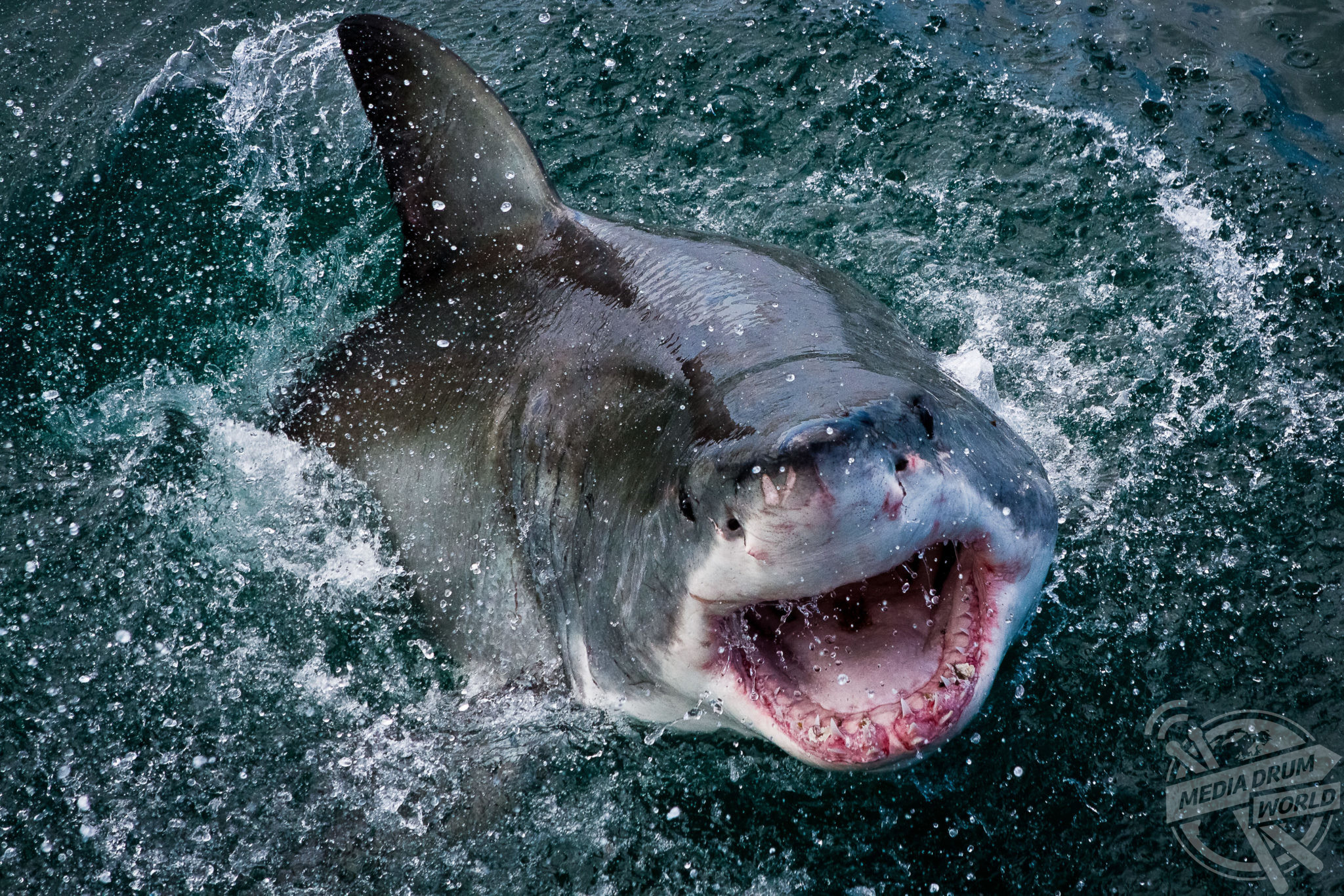
According to National Geographic, great whites are highly adapted predators, and their mouths are lined with up to 300 serrated, triangular teeth arranged in several rows, and they have an exceptional sense of smell to detect prey. They even have organs that can sense the tiny electromagnetic fields generated by animals. Their main prey items include sea lions, seals, small toothed whales, and even sea turtles, and carrion.
Despite their huge size, they are listed as a vulnerable species due to overfishing and poor regulation.
“Unfortunately, owing to human pressures and other ecological challenges, great white sharks are now vulnerable to extinction,” added Stone, who worked in the legal profession before swapping to more toothy pursuits.
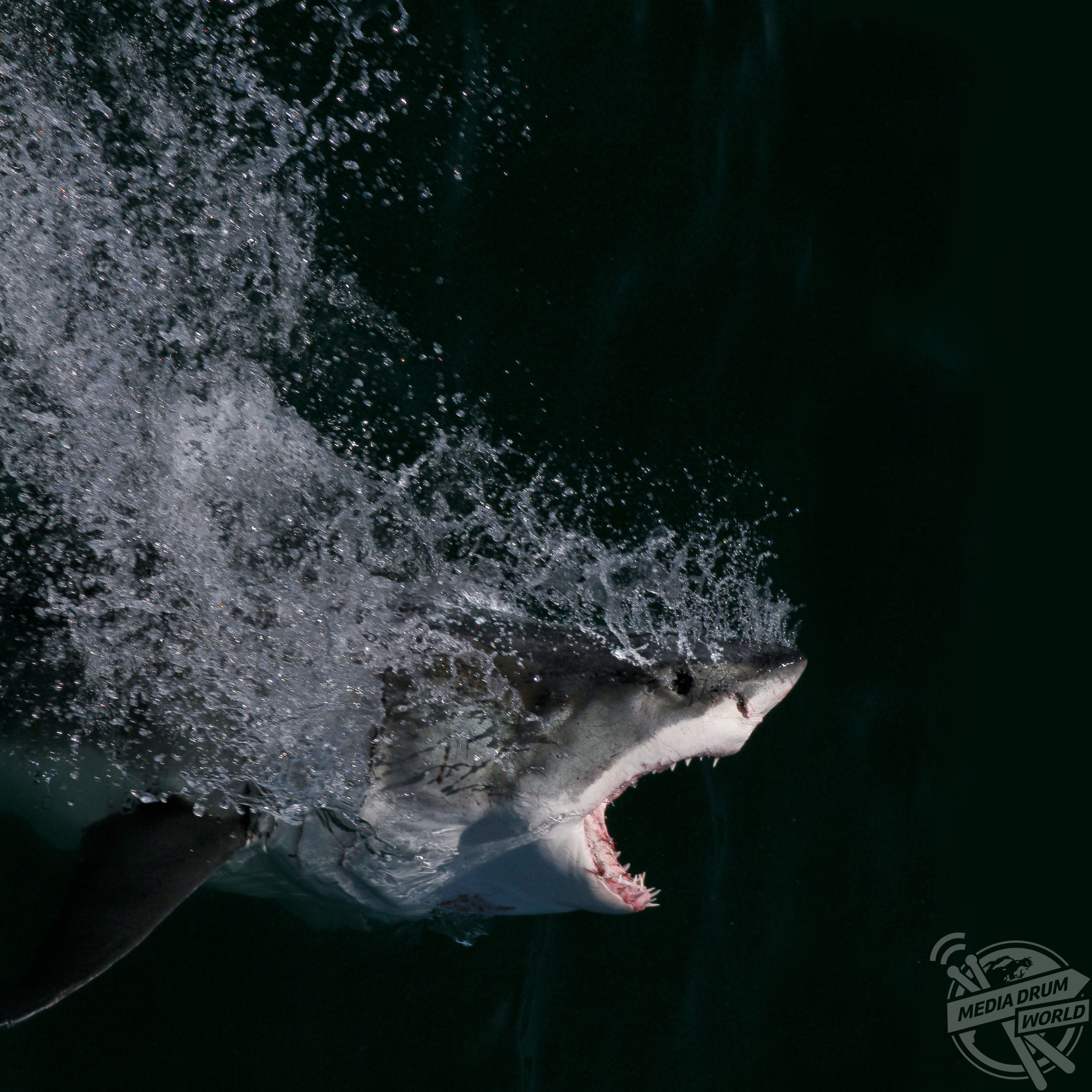
“In many ways, protecting them has now become the fascination, alongside trying to increase our own understanding. Educating people to sharks’ plight, importance, and the fact that they do not deserve their bad reputation is so critical. As a species white sharks have been here for around 16 million years, and in a few decades, we have almost wiped them out. As an apex predator, the white shark serves vital functions in its environment, and as a flagship species it spotlights the pressing conservation issues facing our oceans.”
After spending the last decade capturing great whites in their element, the British photographer feels he has a certain understanding with the phenomenal fish.
“The greatest thing that happens when people see white sharks with their own eyes is a change in perception,” added Stone, who uses the Instagram handle @harrystone_photo.
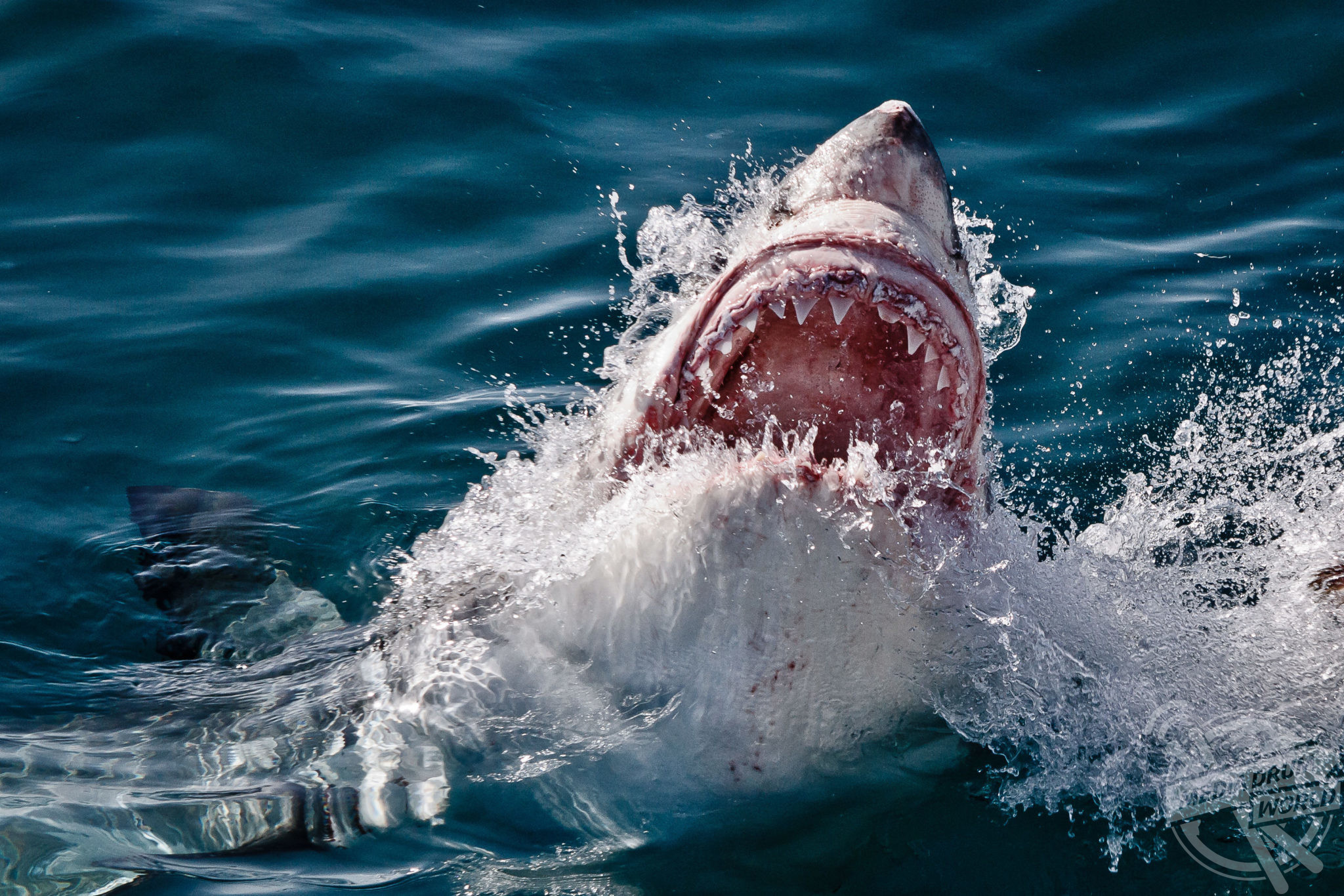
“Many leave the harbour terrified and return, after seeing them, full of awe and respect but not so much fear. I always tell people that white sharks aren’t what they think they are. The world thinks it knows this animal, but they are thinking of a horror movie monster, not the reality. The reality is not so frightening but infinitely more fascinating.
“A look through my catalogue will reveal that I photograph sharks in many situations above and below the water. I sometimes regret that the images with white sharks showing their teeth and jaws are the ones that receive the most attention. They only represent a split-second in the general behaviour of the shark, and yet that is how they are most recognised. I always say, ‘Imagine if the only pictures anyone saw of you were when you were eating – you wouldn’t look very friendly, either!’ Seeing a white shark gliding effortlessly in the water, appearing frictionless, and calm, speaks far more about the majority of their silent existence. Sharks are perfectly evolved predators, and I think it is important to document all aspects of them, but it is vital to remember that they are not vicious man-eating killers, rather long-established inhabitants of this planet merely trying to survive in a world that has become increasingly stacked against them. My message is therefore to show as many different sides to sharks as I can, and to try and inspire the same sense of wonder that I have. Maybe then perceptions will change and a greater number of people will want to protect them. Time is running out.”






